Add office photos
Employer?
Claim Account for FREE
Intel![]()
4.2
based on 1k Reviews
Video summary
Company Overview
Associated Companies
Company Locations
Working at Intel
Company Summary
Intel pioneers semiconductor technology, impacting global advancement through innovative digital solutions and addressing significant challenges for customers.
Overall Rating
4.2/5
based on 1k reviews
8% above
industry average
Highly rated for
Work-life balance, Company culture, Skill development
Work Policy
Hybrid
82% employees reported
Monday to Friday
92% employees reported
Flexible timing
92% employees reported
No travel
73% employees reported
View detailed work policy
Top Employees Benefits
Office gym
57 employees reported
Office cab/shuttle
56 employees reported
Health insurance
55 employees reported
Cafeteria
52 employees reported
View all benefits
About Intel
Founded in1968 (57 yrs old)
India Employee Count10k-50k
Global Employee Count1 Lakh+
HeadquartersSanta Clara,California, United States
Office Locations
New Delhi
Websiteintel.com
Primary Industry
Other Industries
Are you managing Intel's employer brand? To edit company information,
claim this page for free

View in video summary
We create world-changing technology that improves the life of every person on the planet. Intel put the silicon in Silicon Valley. For more than 50 years, Intel and our people have had a profound influence on the world, driving business and society forward by creating radical innovation that revolutionizes the way we live. Today we are applying our reach, scale, and resources to enable our customers to capitalize more fully on the power of digital technology. Inspired by Moore’s Law, we continuously work to advance the design and manufacturing of semiconductors to help address our customers’ greatest challenges.
Mission: We create world-changing technology that improves the life of every person on the planet.
Report error
Managing your company's employer brand?
Claim this Company Page for FREE
Intel Ratings
based on 1k reviews
Overall Rating
4.2/5
How AmbitionBox ratings work?
5
521
4
312
3
108
2
27
1
46
Category Ratings
4.5
Work-life balance
4.3
Company culture
4.0
Skill development
4.0
Work satisfaction
3.9
Salary
3.6
Promotions
3.5
Job security
Intel is rated 4.2 out of 5 stars on AmbitionBox, based on 1k company reviews. This rating reflects a generally positive employee experience, indicating satisfaction with the company’s work culture, benefits, and career growth opportunities. AmbitionBox gathers authentic employee reviews and ratings, making it a trusted platform for job seekers and employees in India.
Read more
Gender Based Ratings at Intel
based on 927 reviews
4.3
Rated by 232 Women
Rated 4.5 for Work-life balance and 4.4 for Company culture
4.2
Rated by 695 Men
Rated 4.5 for Work-life balance and 4.3 for Company culture
Work Policy at Intel
based on 126 reviews in last 6 months
Hybrid
82%
Work from office
11%
Permanent work from home
7%
Intel Reviews
Top mentions in Intel Reviews
+ 5 more
Compare Intel with Similar Companies
Change Company | Change Company | Change Company | ||
|---|---|---|---|---|
Overall Rating | 4.2/5 based on 1k reviews | 3.8/5 based on 1.1k reviews | 3.9/5 based on 634 reviews | 4.0/5 based on 1.6k reviews |
Highly Rated for | Work-life balance Company culture Skill development | Salary | No highly rated category | Job security Company culture |
Critically Rated for | No critically rated category | No critically rated category | Promotions | Promotions |
Primary Work Policy | Hybrid 82% employees reported | Work from office 65% employees reported | Work from office 62% employees reported | Work from office 84% employees reported |
Rating by Women Employees | 4.3 Good rated by 232 women | 3.9 Good rated by 170 women | 3.8 Good rated by 58 women | 4.0 Good rated by 425 women |
Rating by Men Employees | 4.2 Good rated by 695 men | 3.8 Good rated by 796 men | 3.9 Good rated by 551 men | 4.0 Good rated by 1.1k men |
Job security | 3.5 Good | 3.6 Good | 3.6 Good | 4.3 Good |
View more
Intel Salaries
Intel salaries have received with an average score of 3.9 out of 5 by 1k employees.
Software Engineer
(399 salaries)
Unlock
₹10.9 L/yr - ₹40 L/yr
SOC Design Engineer
(231 salaries)
Unlock
₹12 L/yr - ₹42 L/yr
System Validation Engineer
(197 salaries)
Unlock
₹12 L/yr - ₹41.1 L/yr
Software Developer
(180 salaries)
Unlock
₹11.5 L/yr - ₹38.5 L/yr
Physical Design Engineer
(175 salaries)
Unlock
₹11.4 L/yr - ₹35.7 L/yr
Design Engineer
(168 salaries)
Unlock
₹13.6 L/yr - ₹50 L/yr
Software Development Engineer
(162 salaries)
Unlock
₹10.3 L/yr - ₹40 L/yr
Verification Engineer
(127 salaries)
Unlock
₹13 L/yr - ₹45 L/yr
Graduate Intern Technical
(125 salaries)
Unlock
₹2 L/yr - ₹8.9 L/yr
Senior Software Engineer
(114 salaries)
Unlock
₹14.1 L/yr - ₹55 L/yr
Intel Interview Questions
A Physical Design Engineer was asked Q. Can you explain the five levels of operation of an inverter?
A Component Design Engineer was asked 9mo agoQ. Explain the parasitics of a device.
A Software Engineer was asked Q. Write embedded C code to implement recursion.
A Graduate Trainee was asked Q. Write Verilog code for a D flip-flop.
A Junior Automation Engineer was asked Q. What is BSOD and how do you recover from it?
Intel Jobs
Popular Designations Intel Hires for
Popular Skills Intel Hires for
Current Openings
Intel News
View all
AWS' custom chip strategy is showing results, and cutting into Nvidia's AI dominance
- Amazon Web Services is updating its Graviton4 chip with high network bandwidth of 600 gigabytes per second.
- The Graviton4 chip is part of Amazon's custom chip strategy, competing against Intel and AMD.
- AWS is challenging Nvidia in the AI infrastructure market with Project Rainier and Anthropic partnership.
- Project Rainier uses Trainium2 GPUs and aims to reduce AI training costs compared to Nvidia's GPUs.
- AWS claims its chips offer better cost performance than Nvidia's offerings.
- Trainium3 chip, set to launch this year, will double the performance of Trainium2.
- Rami Sinno from AWS mentioned high demand for chips, with every service having a customer waiting.
- Amazon's goal is to control the entire AI infrastructure stack, from networking to training to inference.
- The company aims to compete with Nvidia by showing success in training major AI models on non-Nvidia hardware.
- AWS spokesperson will provide the release schedule for the Graviton4 update by the end of June.
CNBC | 18 Jun, 2025

Rack scale is on the rise, but it's not for everyone... yet
- Rack-scale architectures like Nvidia's NVL72, AMD's Helios, and Intel's Jaguar Shores are gaining traction, but eight-way HGX servers are expected to remain relevant.
- These rack-scale systems are complex, power-hungry, and expensive, with Nvidia's NVL72s priced at around $3.5 million.
- AMD's Helios, designed for hyperscalers and specific customers, offers solutions for certain enterprises but may not be suitable for all.
- The shift towards larger compute domains in training machines indicates a demand for scale-up architectures with advantages for compute and memory-intensive workloads.
- Network bottlenecks in training can be alleviated by faster interconnects, such as those in AMD's Helios and Nvidia's Vera-Rubin systems.
- While inference needs vary, investing in larger rack-scale systems continues as AI models and requirements evolve.
- AI startups initially designed models for lower-scale systems, but as compute domains expand, parameters are expected to grow correspondingly.
- Rack-scale systems enable running larger models efficiently, with Nvidia's NVL72 and AMD's Helios offering significant capabilities for inference and training.
- Although eight-way systems may persist for enterprise customers due to simplicity and cost-effectiveness, the trend towards larger-scale architectures is expected to continue.
- The market anticipates a range of configurations to cater to different customer needs, with Nvidia currently dominating as the standard for large-scale AI systems.
The Register | 17 Jun, 2025
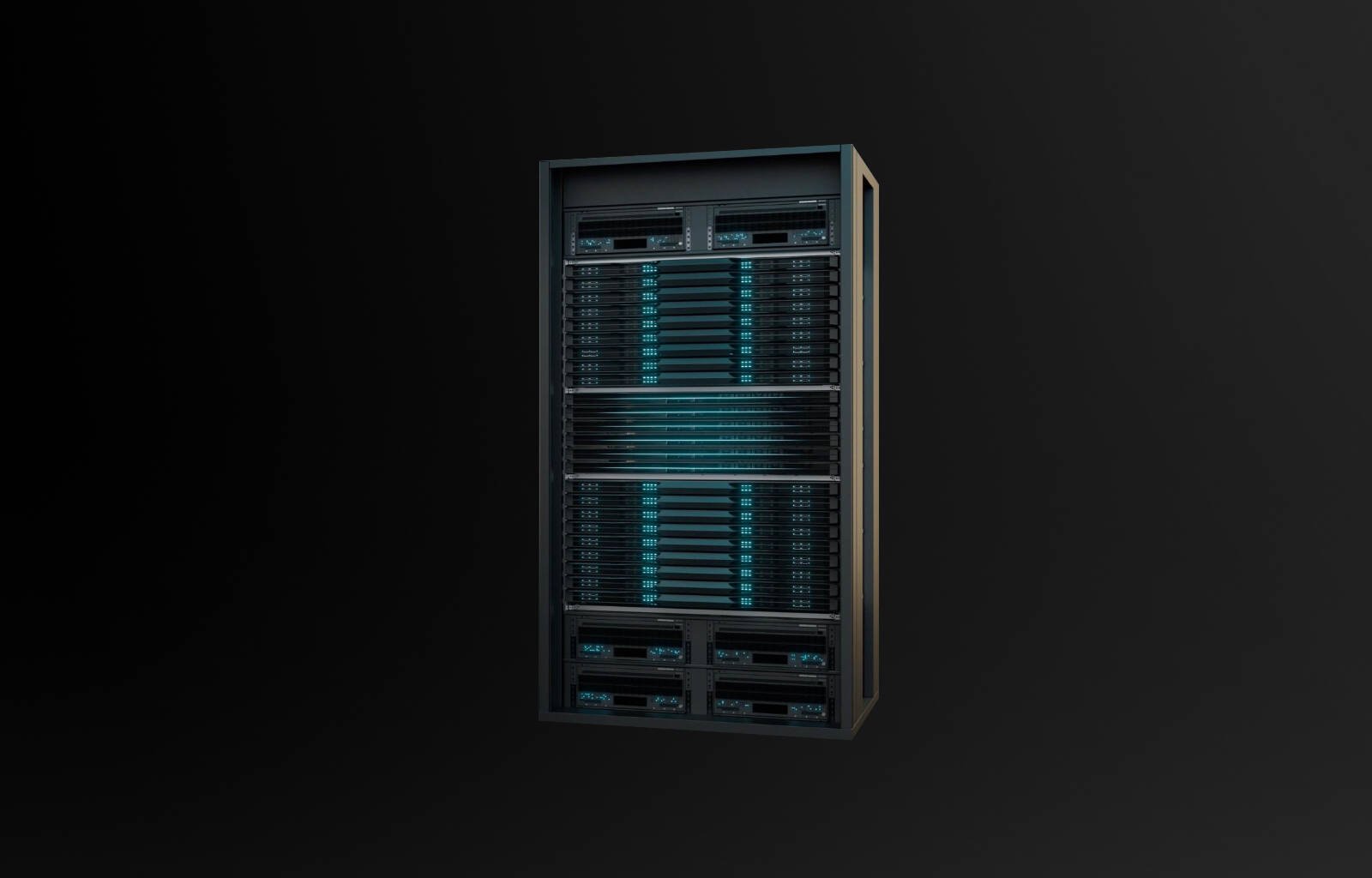
Low-Latency Edge Networks with 5G: Leveraging 5G for Real-Time Edge Computing
- 5G networks are enhancing edge computing by providing ultra-low latency and high throughput, enabling new classes of real-time applications.
- Edge computing reduces latency by processing data closer to the source, and 5G networks with <1ms latency, high throughput, and network slicing complement this approach.
- Real-time use cases of 5G and edge computing include autonomous vehicles, AR/VR, smart manufacturing, remote healthcare, and smart cities, leveraging sub-millisecond latency for various applications.
- The architecture of a 5G edge network involves IoT devices/sensors, 5G RAN, MEC, and optionally, cloud/data centers to support real-time processing.
- Challenges in 5G edge networks include limited edge node resources, increased security risks, and managing distributed infrastructure complexity.
- Developer tools and ecosystem contributions from companies like AWS, Google, NVIDIA, and Intel facilitate application deployment and orchestration at the 5G edge.
- 5G and edge computing combined offer low-latency networks for autonomous driving, AR/VR experiences, smart factories, emphasizing rapid data processing and decision-making.
Javacodegeeks | 17 Jun, 2025

TSMC: King Of Data Center AI
- The rapid expansion of data center AI capacity and performance is being driven by Large Language Models (LLMs) like ChatGPT, leading to increased demand for more capable models that require additional compute.
- AI data centers rely on GPUs/AI Accelerators, switches, CPUs, storage, and DRAM, with approximately half of semiconductors currently consumed by AI data centers.
- TSMC holds essentially 100% market share in AI data center logic semiconductors, manufacturing various components for companies like Nvidia, AMD, Intel, Microsoft, Amazon, Google, and Open AI, among others.
- TSMC's dominance in the AI data center chip market is attributed to its advanced process technology, packaging technology, production capacity, and financial strength.
- TSMC's continuous development of advanced process technology and package technology plays a crucial role in meeting the complex requirements of AI data center chips.
- The company's focus on developing multi-chip substrate packaging and advanced packages, such as the COUPE process for integrating optical engines, demonstrates its commitment to innovation.
- TSMC's substantial capacity and market share in the global foundry market highlight its position as a key player in the semiconductor industry, particularly in advanced process technology foundry.
- The financial strength and management depth of TSMC further solidify its position as a preferred vendor for major companies in the AI data center sector, ensuring scalability, reliability, and innovation.
- The article projects that TSMC will continue to dominate the AI foundry market well into the 2030s, with a focus on catering to the evolving needs of hyperscalers and LLM companies for high-volume, reliable AI accelerators.
- While competitors like Intel and Samsung are working on advancements in process nodes and packaging, TSMC's current advantages make it challenging for them to rival TSMC's market dominance.
- In summary, TSMC's strategic positioning in the AI data center chip market, driven by its technological prowess, capacity expansion, financial stability, and strong management, reinforces its role as the king of data center AI.
Semiengineering | 16 Jun, 2025
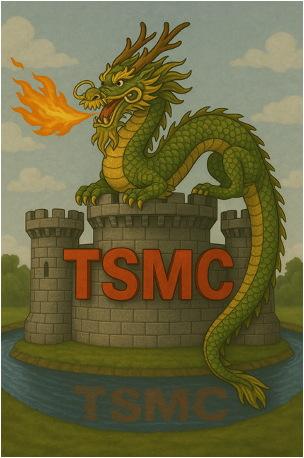
10 World’s Best AI Chip Companies to Watch in 2025
- AI chips are specialized integrated circuits used to develop AI systems and implement AI-related tasks, including GPUs, FPGAs, and ASICs.
- AI chips execute logical functions and have parallel processing capability to handle intensive data-related workloads efficiently.
- Top AI chip companies for 2025 include Nvidia, AMD, Intel, AWS, Alphabet, Qualcomm, Microsoft, IBM, Broadcom, and Groq.
- Nvidia leads in AI chips with high-end GPUs like A100 and H100, catering to complex AI models and industry standards.
- AMD competes with Nvidia offering Instinct MI series GPUs and Ryzen AI processors for enhanced AI computing.
- Intel's AI chips like Gaudi 3, Xeon processors, and Core Ultra processors cover a wide range of computing needs from data centers to client PCs.
- AWS and Alphabet have introduced Trainium, Inferentia, and TPUs for efficient AI training and inference tasks in data centers and cloud services.
- Microsoft's Maia AI chip empowers Azure cloud services, while IBM focuses on niche AI chips like Spyre and Telum for mainframe systems.
- Broadcom provides custom AI chips for major cloud providers and networking solutions, while Groq offers LPUs for accelerated AI inference.
- The AI chip market is growing rapidly, driven by the increasing demand for AI technology, especially generative AI tools.
- Nvidia is predicted to maintain its market dominance, challenging competitors to innovate and capture market share in the AI chip industry.
Designveloper | 16 Jun, 2025

Cost Per Frame Analysis: The Best Graphics Cards in Mid 2025
- Graphics card prices are gradually improving, with stock availability increasing globally.
- Comparison of real-world cost per frame for Nvidia and AMD GPUs across 10 countries.
- Radeon RX 9060 XT and RX 9070 XT offer good value compared to competitors at MSRP.
- Intel Arc B580 and B570 offer the best cost per frame at MSRP, but may not be best value choices.
- Real-world pricing analysis reveals price discrepancies and value shifts in different regions.
- Recommendations vary based on pricing and availability, with RTX 5070 often standing out as the best mid-range option.
- AMD Radeon models face challenges in price competitiveness against Nvidia GPUs in most regions.
- Intel Arc struggles to establish a strong value proposition compared to AMD and Nvidia offerings.
- Last-gen graphics card models show limited compelling value compared to newer generation options.
- Considering various factors, including cost, performance, and availability, the RTX 5070 emerges as a top choice for mid-range buyers.
TechSpot | 16 Jun, 2025
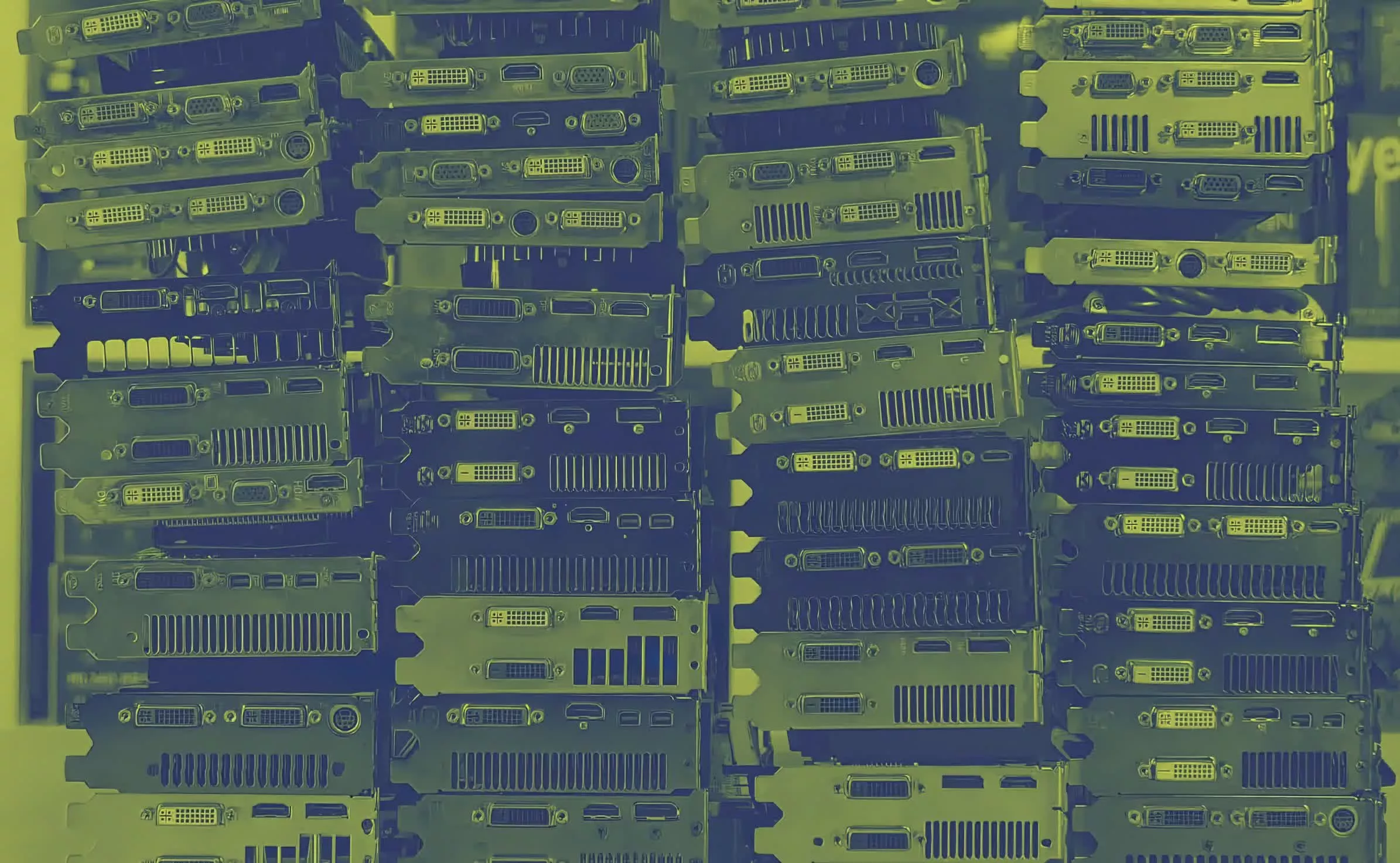
GMP as the New TEE: Why Arcium’s Software-Based Confidentiality Will Outpace Intel SGX.
- General Multi-party Computation (GMP) enables multiple parties to compute a result together without exposing private data, offering an unrestricted version of MPC.
- Trusted Execution Environment (TEE) provides a secure area within the CPU for processing code and data privately, even if the system is compromised.
- Intel SGX, a TEE example, creates a secure space in the CPU for sensitive code, while Arcium's GMP split secrets to enhance security beyond Intel SGX.
- Arcium's software-based confidentiality outpaces Intel SGX by offering privacy without relying on specialized hardware, ensuring scalability across networks and auditable transparency.
- Arcium's impact includes enabling private healthcare data sharing, secure credit checks, and building social media platforms with privacy protection.
- GMP redefines confidential computing for today's needs with AI privacy, connections between smart contracts and dApps, and scalability across networks.
- The shift from trusting hardware in TEEs like Intel SGX to trusting the cryptographic math in GMP signifies a new standard for confidential computing.
- Arcium's GMP is highlighted as the next-gen foundation for private, decentralized computation that prioritizes verifiability, scalability, and permissionless design.
Medium | 15 Jun, 2025

Sony teases PlayStation 6, says console hardware has strong future despite cloud challenge
- Sony teases PlayStation 6, hinting the console is in early development stages.
- The company's president and CEO, Hideaki Nishino, discussed the future of the platform and player engagement in an investor interview.
- Despite the rise of cloud gaming, Sony emphasizes the importance of local execution offered by physical consoles like PS5.
- Nishino confirmed that Sony is exploring a new way for players to engage with their content and services.
- Reports suggest PlayStation 6 has been in development for years, with Sony focusing on building a multi-faceted platform.
- Sony has been rumored to be working on two SoCs for the next PlayStation, potentially including a new handheld.
- AMD was reportedly hiring for PS6 and next-gen-console chip development in 2022, while Intel failed to secure a $30 billion PS6 contract that year.
- Speculation points to a potential release of PlayStation 6 around November 2027 or even as late as 2028 according to former executive Shuhei Yoshida.
- The PlayStation 6's release timing aligns with expectations for next-gen titles like The Witcher 4, indicating it could be optimized for the new console.
TechSpot | 13 Jun, 2025

Six Stocks on The Move
- Starbucks stock (SBUX) surged by 4.33% to $95.39, de-risking its business in China.
- GE Vernova (GEV) closed at $483.47, with potential for further uptrend and P/E expansion.
- Warner Bros Discovery (WBD) stock rose by 5.0% to $10.51 after announcing split, but faced rating downgrade.
- Intel (INTC) shares retreated, risking a drop below $20.00.
- Nucor (NUE) is sliding after U.S. tariffs, with future metal supplies dependent on Mexico's trade actions.
- United Airlines (UAL) fell by 5.49% amid industry uncertainties post closure of Silver Airways.
Baystreet | 12 Jun, 2025

Former Intel engineers form AheadComputing to break CPU performance limits with RISC-V design
- A group of former Intel engineers, under the name of AheadComputing, have formed a startup aiming to redefine the future of microprocessors by developing RISC-V based CPUs.
- The founders believe RISC-V is better suited for modern workloads like AI and cloud computing compared to the traditional x86 architecture.
- They are addressing the bottleneck in per-core performance for AI and machine learning workloads, focusing on enhanced single-thread and multi-core performance, power efficiency, thermal density, and scalability.
- AheadComputing has raised $21.5 million in seed funding and expanded its team from four to forty employees, with plans to create high-performance cores for servers, data centers, mobile, and edge applications.
- The company is seeking strategic partners to integrate its technology into various platforms, leveraging the founders' background at Intel to innovate and break through performance limitations.
- Their choice of RISC-V offers flexibility for innovation without the licensing constraints of proprietary architectures, crucial as the industry moves towards modular chiplet designs.
- AheadComputing's technical vision and progress have attracted attention, including the addition of renowned chip architect Jim Keller to its board.
- The startup's emphasis on technical innovation and a departure from tradition reflects a belief that the future of computing lies in openness, specialization, and speed.
TechSpot | 12 Jun, 2025
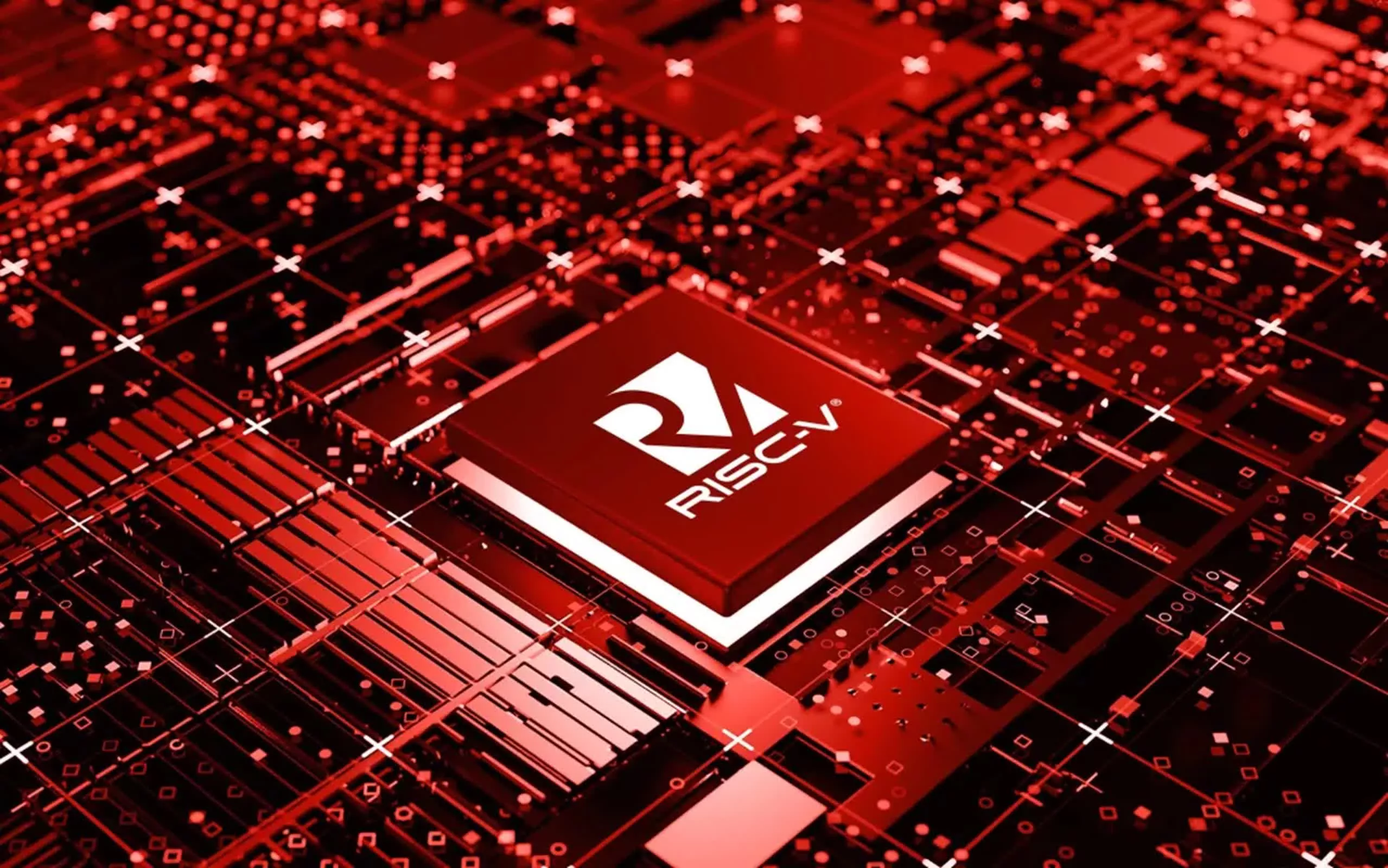
Powered by
Intel Subsidiaries
Intel Technology Sdn Bhd
4.0
• 2 reviews
Lantiq
4.0
• 1 review
Saffron Technology
5.0
• 1 review
Intel Mobile Communications India
4.0
• 1 review
Rivet Networks
-
• No Reviews
Report error
Intel Offices
Compare Intel with

Nvidia
3.6

Microsoft Corporation
3.9

TDK India Private Limited
3.8

Applied Materials
3.9

Synopsys
3.9

Broadcom
3.4
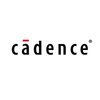
Cadence Design Systems
4.0
NXP Semiconductors
3.7

Lam Research
3.7

Advanced Micro Devices
3.6
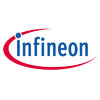
Infineon Technologies
3.9

Mouser Electronics
3.8
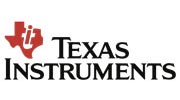
Texas Instruments
4.0
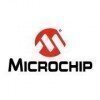
Microchip Technology
3.8
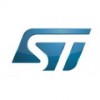
STMicroelectronics
4.1

Arrow Electronics
3.9

Element14
3.9

GLOBALFOUNDRIES
3.5
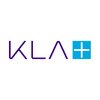
KLA
3.8

Maxim Integrated
4.4
Edit your company information by claiming this page
Contribute & help others!
You can choose to be anonymous
Companies Similar to Intel

Tata Electronics
Semiconductors
4.0
• 1.6k reviews

Qualcomm
Hardware & Networking, Semiconductors
3.8
• 1.1k reviews

Molex
Manufacturing, Electronics, Semiconductors
3.9
• 634 reviews

TDK India Private Limited
Manufacturing, Electronics, Consumer Electronics & Appliances, Semiconductors, Electrical Equipment
3.8
• 630 reviews

Applied Materials
Manufacturing, Engineering & Construction, Semiconductors
3.9
• 487 reviews

Synopsys
Design, Internet, Semiconductors, IT Services & Consulting
3.9
• 378 reviews

Broadcom
Manufacturing, Electronics, Semiconductors, Emerging Technologies, Software Product
3.4
• 374 reviews

Cadence Design Systems
Semiconductors, Software Product
4.0
• 298 reviews
NXP Semiconductors
Manufacturing, Electronics, Semiconductors
3.7
• 297 reviews

Lam Research
Manufacturing, Electronics, Semiconductors
3.7
• 291 reviews

Advanced Micro Devices
Internet, Hardware & Networking, Semiconductors, Software Product
3.6
• 285 reviews

Infineon Technologies
Internet, Manufacturing, Electronics, Hardware & Networking, Semiconductors, Software Product
3.9
• 225 reviews
Intel FAQs
When was Intel founded?
Intel was founded in 1968. The company has been operating for 57 years primarily in the Semiconductors sector.
Where is the Intel headquarters located?
Intel is headquartered in Santa Clara,California. It operates in 2 cities such as Bangalore / Bengaluru, New Delhi. To explore all the office locations, visit Intel locations.
How many employees does Intel have in India?
Intel currently has more than 13,000+ employees in India. Engineering - Software & QA department appears to have the highest employee count in Intel based on the number of reviews submitted on AmbitionBox.
Does Intel have good work-life balance?
Intel has a work-life balance rating of 4.5 out of 5 based on 1,000+ employee reviews on AmbitionBox. 82% employees rated Intel 4 or above on work-life balance. This rating reflects the company's efforts to help employees maintain a healthy balance between their personal and professional lives. We encourage you to read Intel work-life balance reviews for more details.
Is Intel good for career growth?
Career growth at Intel is rated fairly well, with a promotions and appraisal rating of 3.6. 82% employees rated Intel 4 or above, while 18% employees rated it 3 or below on promotions / appraisal. Though the sentiment is mixed for career growth, majority employees have rated it positively. We recommend reading Intel promotions / appraisals reviews for more detailed insights.
What are the pros and cons of working in Intel?
Working at Intel comes with several advantages and disadvantages. It is highly rated for work life balance, company culture and skill development. However, it is poorly rated for job security and promotions / appraisal, based on 1,000+ employee reviews on AmbitionBox.
Stay ahead in your career. Get AmbitionBox app

Trusted by over 1.5 Crore job seekers to find their right fit company
80 Lakh+
Reviews
10L+
Interviews
4 Crore+
Salaries
1.5 Cr+
Users
Contribute to help millions
AmbitionBox Awards
Get AmbitionBox app